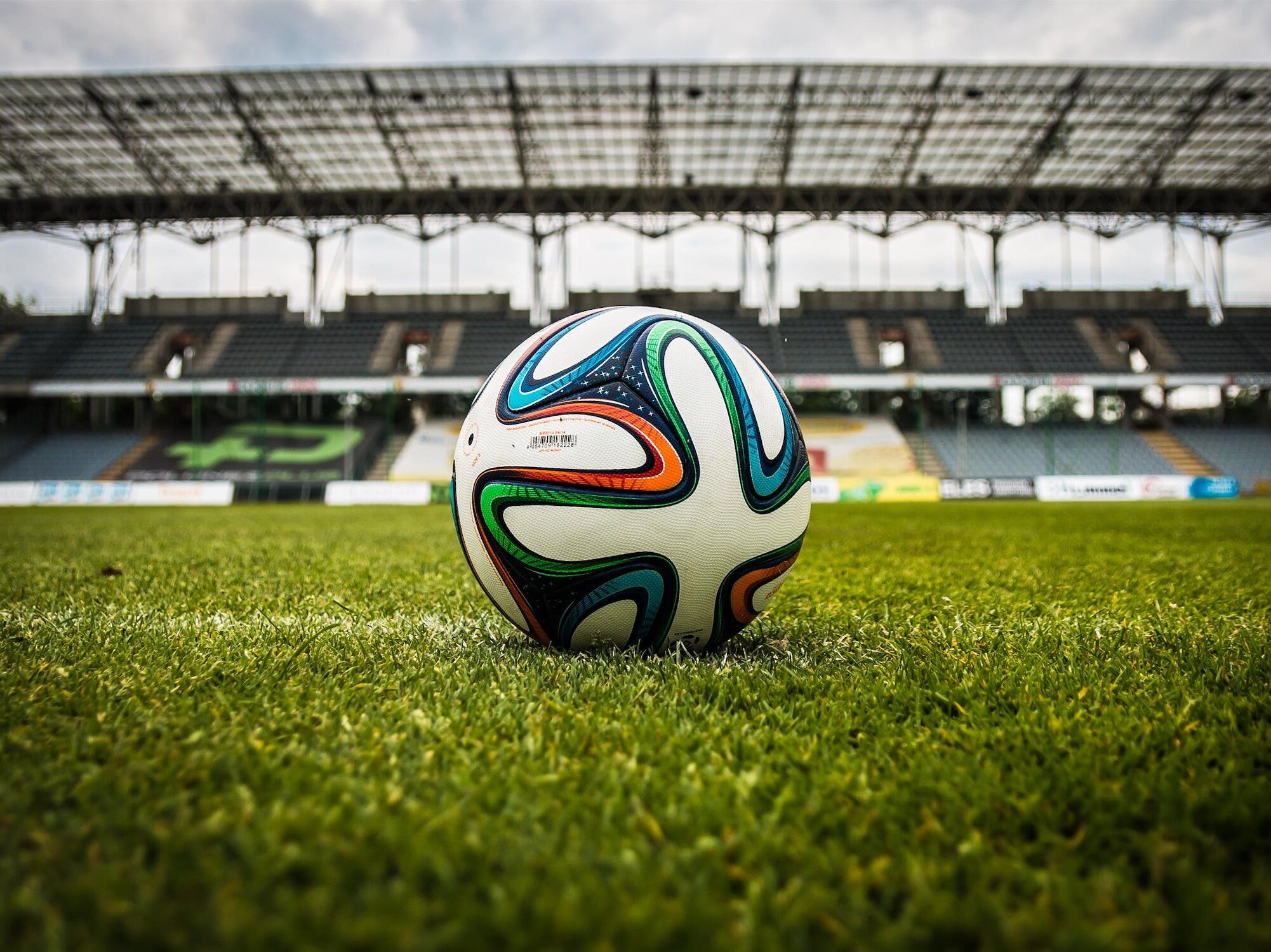8/7/2023
What do the US’s Catarina Macario, France’s Marie Antoinette Katoto, and England’s Beth Mead all have in common? They are all superstars missing from the FIFA Women’s World Cup due to ACL tears. Women soccer players are 2.8 times more likely to tear their ACLs than their male counterparts. While the exact reason why is still being researched, many professionals place the blame on ill-fitting footwear.
Surprisingly, most soccer cleats available to women weren’t actually designed for them. Rather, women’s cleats are created by shrinking and pinking men’s cleats: “These are shoes that are branded for women, they’re marketed to women, but they’re basically men’s shoes, just smaller.” This oversight is a potential pathway to injury for female footballers. It means that their cleats are not only failing to offer them proper support but that they are also actively causing them harm.
In 2017, a woman named Laura Youngson grew tired of these unsuitable cleats and sought to design a cleat made just for women. Her research found three main differences between female and male feet: foot shape, arch height, and pressure loads. Women’s feet tend to be more triangular, have higher arches, and carry body weight in different spots than men’s. In 2020, with the help of footwear engineers, she launched IDA: a company that makes cleats specifically catered to and for women.
While IDA is a step in the right direction for women’s football footwear, there is still work to be done. Most professional players have sponsors, usually big brands like Adidas or Nike, which force them to wear ill-fitting boots. But things are starting to shift.
Just last month, Nike released what they are calling their “most researched women’s-led football boot design”: the Phantom Luna. Nike footwear engineers worked with members of the U.S. Women’s National Team (USWNT) to fine-tune the shoe. They claim that the lower cuff and higher collar were designed to protect the knees and ankles of female players and reduce injury. Nike is the first major brand to provide a suitable boot for female players, and since they are also the most popular brand, it shouldn’t be long before other companies follow suit.
Although the Phantom Luna cleats leave room for hope, the fact that it has taken this long to provide women with adequate footwear highlights a much bigger issue: the extremity to which female athletes are underserved. From huge salary gaps to disparate facilities, critics often cite physiological differences as the reason female athletes face these inequalities — claiming women aren’t as athletically inclined as men. But this mindset detracts from the larger picture. Lack of access, funding, opportunity, and representation all contribute to women’s unequal athletic treatment. How are female athletes supposed to compete with their male counterparts when, from the get-go, they do not have access to the same resources? Only once women’s sports start receiving equal investment will they be headed toward earning equal respect.
The good news is that anyone has the power to contribute to that investment. Supporting women’s sports teams, streaming their games, and going to see them play are all great ways to invest. Readers can catch the USWNT on August 6th, where they’ll be playing in the first knockout stage of the World Cup, and USC’s own Women of Troy will be taking McAlister Field on August 17th.

